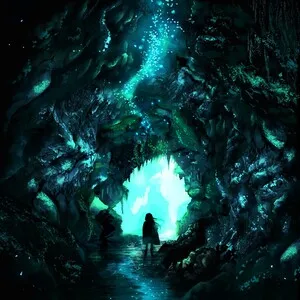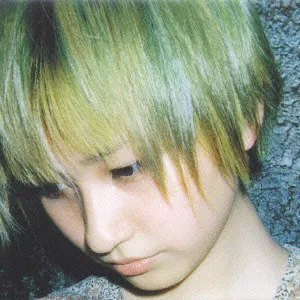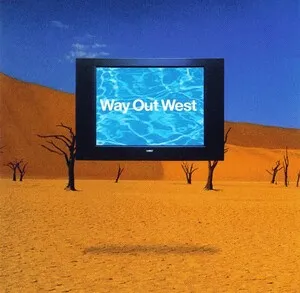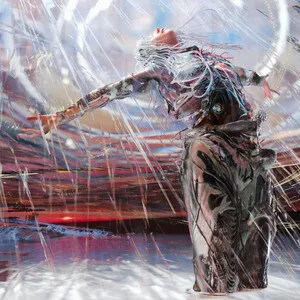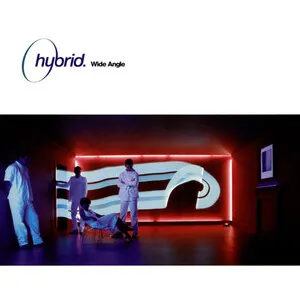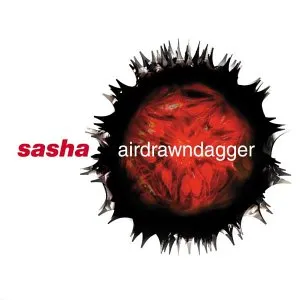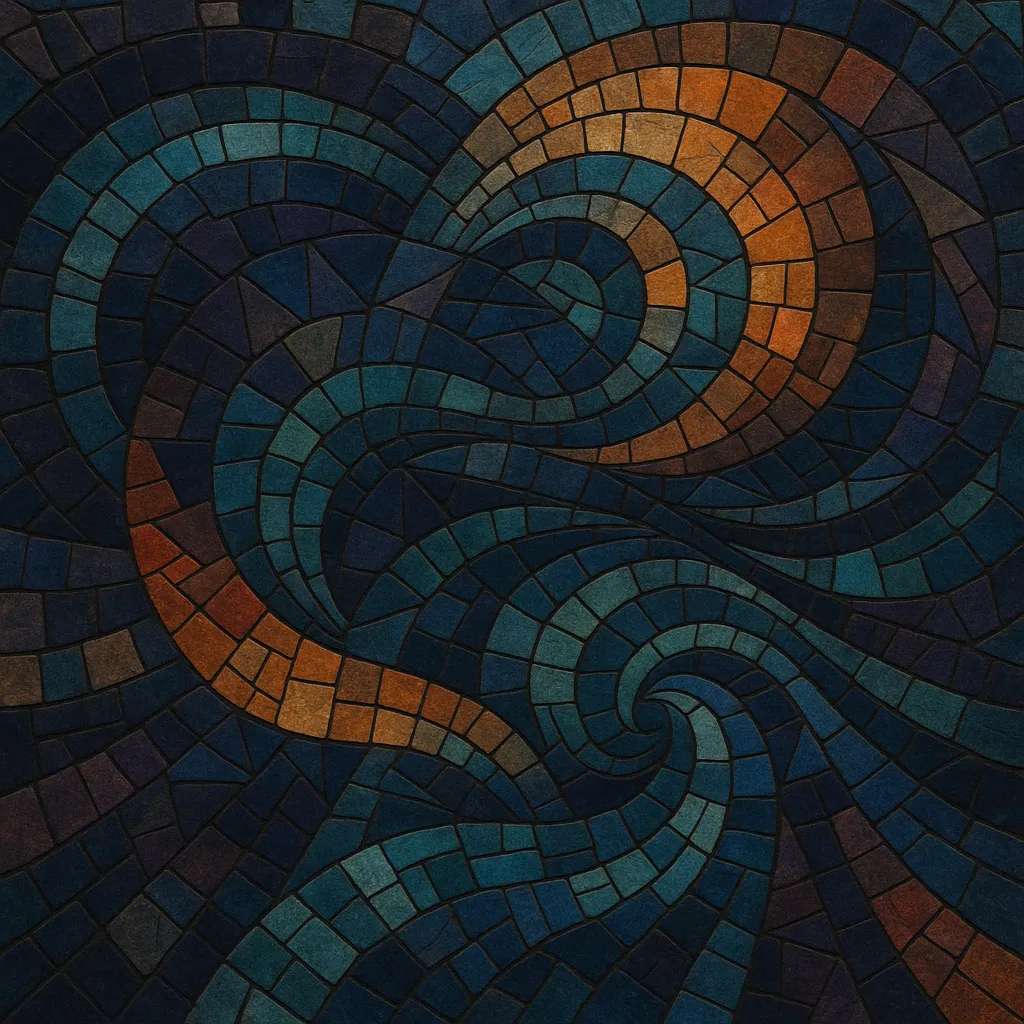
Your digging level
Description
Progressive breaks is a melodic, atmospheric branch of breakbeat that applies the long-form arrangement, harmonic richness, and textural detail of progressive house and progressive trance to syncopated breakbeat rhythms.
Typically in the 125–135 BPM range, it features wide stereo pads, evolving arpeggios, deep and warm basslines, and patient, DJ‑friendly builds. Rather than the raw, ravey edge of classic breaks or the gnarlier energy of nu skool breaks, progressive breaks prefers cinematic sound design, modal harmonies, and gradual tension-and-release across extended arrangements.
The result is dancefloor music that feels transportive and emotive: rolling break patterns underpin soaring chords and motifs, with motifs introduced, developed, and recontextualized over many minutes.
History
Progressive breaks emerged in the UK as producers steeped in progressive house and trance began to favor broken-beat drum programming while keeping the extended, narrative arrangements and lush sound design of the progressive scene. Early adopters drew on breakbeat’s swing and syncopation, but avoided the rave stabs of big beat or the rough edges of breakbeat hardcore.
Through the early 2000s, labels and compilations aligned with progressive and breakbeat communities (e.g., Distinct’ive Breaks, Bedrock-related releases, and Global Underground-featured cuts) helped codify a sound: long intros/outros for mixing, deep sub foundations, airy pads, and trance-influenced leads atop refined, modern break patterns. Artists like Hybrid, Way Out West, BT, and Quivver delivered tracks and remixes that defined the style’s cinematic, emotive identity.
Compared to nu skool breaks’ tougher edge, progressive breaks emphasized musical development, extended chord progressions, and high-fidelity production. Soundtracks and widescreen electronica aesthetics—strings, granular atmospheres, and evolving arps—became common, while rhythm sections remained tight and club-focused.
Although four-on-the-floor progressive house dominated clubs for a time, progressive breaks persisted among DJs and producers who valued its hybrid appeal. The 2010s and early 2020s saw periodic revivals and renewed interest as progressive and melodic scenes re-embraced breakbeats, with contemporary producers weaving break-led passages into progressive sets and releases, reaffirming the style’s timeless, cinematic pull.

